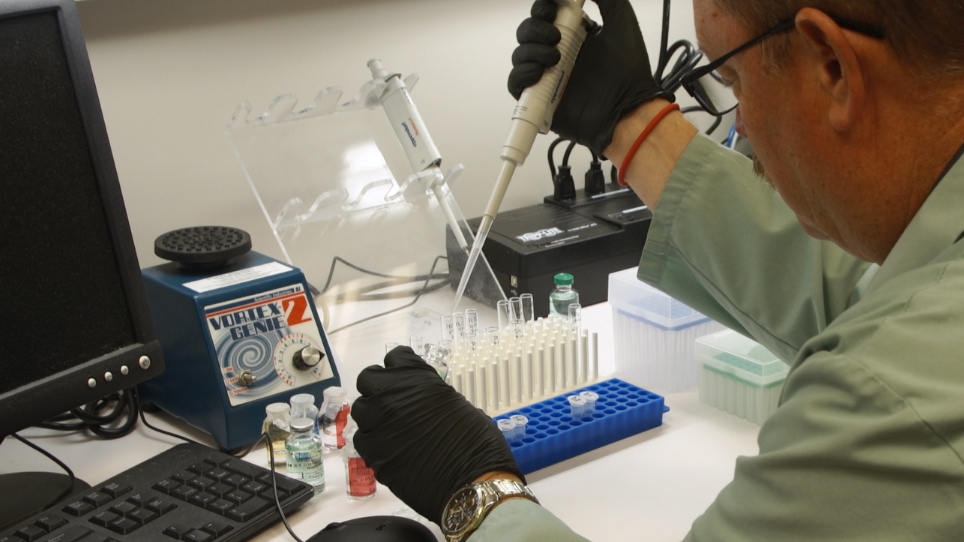/
/
Detección visual de los ácidos nucleicos múltiples en un arreglo de capilares
A subscription to JoVE is required to view this content. Sign in or start your free trial.
JoVE Journal
Bioengineering
Visual Detection of Multiple Nucleic Acids in a Capillary Array
1Key Laboratory of Systems Biomedicine (Ministry of Education), Shanghai Center for Systems Biomedicine,Shanghai Jiao Tong University, 2State Key Laboratory of Oncogenes and Related Genes, 3School of Biomedical Engineering,Shanghai Jiao Tong University, 4Collaborative Innovation Center for Biosafety of GMOs, National Center for the Molecular Characterization of Genetically Modified Organisms, School of Life Sciences and Biotechnology,Shanghai Jiao Tong University, 5Key Laboratory of Crop Marker-Assisted Breeding of Huaian Municipality,Jiangsu Collaborative Innovation Center of Regional Modern Agriculture and Environmental Protection, 6Department of Biomedical Engineering, Collaborative Innovation Center for Diagnosis and Treatment of Infectious Diseases, School of Medicine,Tsinghua University
Chapters
- 00:05Title
- 00:33Fabrication of the Capillary Array-based Ready-to-use Cassette
- 03:55Performance of LAMP Reaction in Capillary Array
- 05:07Results Readout and Data Analysis
- 07:01Results: The Specificity of the Cassette to Monitor GMOs
- 08:21Conclusion
Este protocolo describe la fabricación de una cinta pequeña, lista para usar que se puede aplicar para detección visual de varios ácidos nucleicos en una prueba individual, que es fácil de operar. En este enfoque, una gama capilar fue utilizada para la detección multiplex y altamente eficiente de los objetivos de la OMG.










